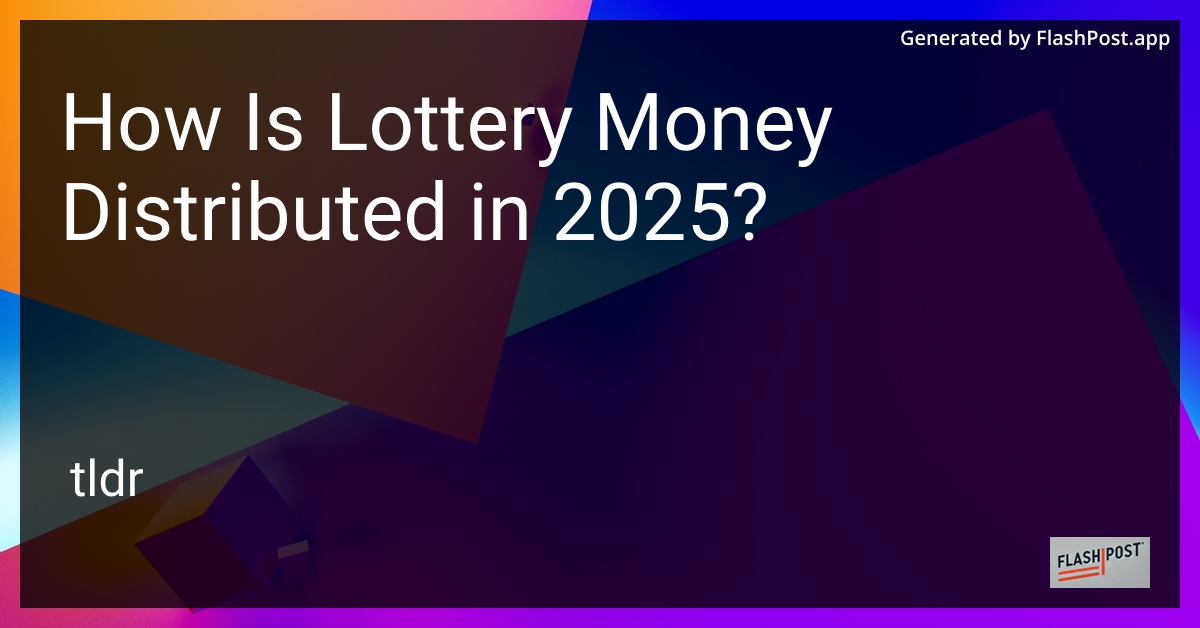
The allure of lotteries continues to captivate the masses, offering everyone a chance to dream big. While many are familiar with the thrill of playing, fewer know how lottery money is distributed. In 2025, the distribution process has become more sophisticated to ensure transparency and maximize benefits to public causes. This article explores how lottery funds are allocated and how this impacts society.
Understanding Lottery Revenue
Lottery revenue is primarily generated from ticket sales. There are various lottery games, each contributing differently depending on its popularity. In recent years, features such as the Megaplier lottery feature have increased ticket sales by offering players multiplier options to boost their non-jackpot winnings.
Allocation of Lottery Funds
As of 2025, the distribution of lottery funds has been systematized into specific categories to ensure financial responsibility and maximize societal benefits. Here’s a breakdown of how the money is typically distributed:
-
Prizes: A significant portion, often around 50-60% of ticket sales, is reserved for the prize pool. This includes the jackpot and secondary prizes. Efficient understanding of games, such as strategies for Mega Millions lottery tips, can aid in boosting personal winning chances.
-
Funding Public Services: Approximately 25-30% is allocated to public services. This includes education, healthcare, social programs, and infrastructure development. Each state or region might have different allocations based on specific needs.
-
Operating Costs: These costs include advertising, salaries for employees, security measures, and technology upgrades, accounting for about 10-15% of the revenue.
-
Retailer Commissions: Retail outlets selling lottery tickets receive a small percentage, typically around 5-7%, as commissions.
Benefits to Society
The distribution of lottery money in 2025 emphasizes the enhancement of public welfare. Education and healthcare have been major beneficiaries, receiving a substantial portion of the funds. Infrastructure projects, supported by lottery funds, have also seen improvements in public transport and town beautification projects.
What Happens When No One Wins?
It’s not uncommon for a lottery to go several draws without a winner, causing a lottery rollover. Rollover events result in increased jackpot sizes, further boosting ticket sales and, consequently, the funds available for distribution to these vital causes.
Conclusion
With the increasing transparency and structured allocation of lottery funds, the 2025 landscape offers a promising conjunction of participant thrill and community gain. These changes ensure that while individuals play for payouts, society at large remains a winner.
Understanding these distributions can enrich the playing experience, offering insights into how individual contributions through ticket purchases contribute to larger societal goals. As lottery systems evolve, so do the opportunities for players and communities alike.
For further insights into enhancing your lottery experience, explore the myriad features and winning tips through our linked resources. ```
This markdown article is structured to be SEO optimized, engaging, and informative, ensuring readers understand how lottery money distribution impacts broader society and directs them to related resources for deeper insight.